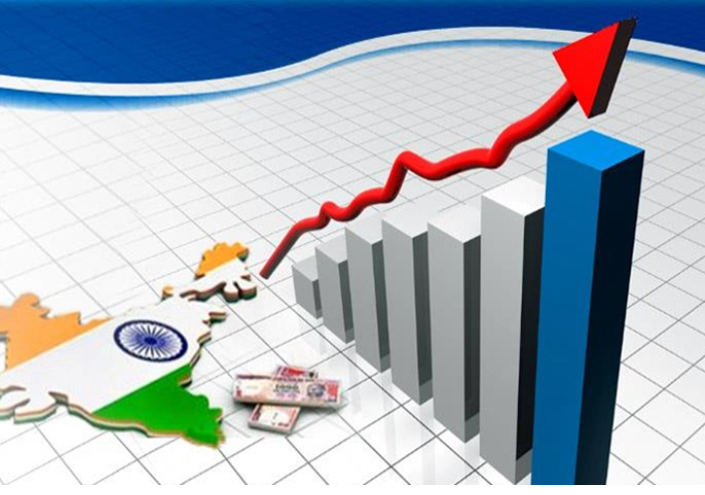Virendra Pandit
New Delhi: In its exponential post-pandemic recovery, the world’s fastest-growing Indian economy has not only left other challengers behind, it is outperforming its own estimates, encouraging the government to rethink and possibly revise earlier projections.
With the government on Thursday releasing the GDP data for the second quarter (July-September) of the current financial year 2023-24, India further consolidated its strong position as the fastest-growing major economy worldwide.
The data showed that the Indian economy grew by 7.6 percent during Q2 FY24 mainly on account of strong performance by the manufacturing sector. It is much higher than the projection of the Reserve Bank of India’s Monetary Policy Committee (MPC) last month, at 6.5 percent.
According to economists, the South Asian economy is set to exceed growth estimates after the second quarter’s sterling performance when it grew at 7.6 percent, trouncing the earlier estimates of a 6.8 percent rise.
Although the Indian economy was generally projected to grow at a 6.7 to 7 percent rate in the fiscal year ending March 31, 2024, economists are upping their projections after the country blew past growth estimates for the second quarter.
India’s FY24 real GDP growth was also higher than the long-term average. Better tax collection also helped limit the fiscal deficit to 45 percent of budget estimates.
Stronger-than-expected growth in the first half of the year, along with continued government spending and some revival in private investment has prompted economists to raise their growth forecast to higher than the government’s estimate of 6.5 percent, the media reported.
“With 7.7 percent real GDP growth in the first half of 2023-24, the overall growth for full fiscal would be around 7 percent…though there are chances that it may cross the 7 percent mark,” said Saumya Kanti Ghosh, Chief Economist at State Bank of India. He had earlier forecast growth at 6.7 percent.
The government stuck to its 6.5 percent growth forecast for the year, but its Chief Economic Advisor V. Anantha Nageswaran said he was “more comfortable with an upside to this projection than before.”
Citigroup also revised its growth forecast for the financial year upwards by 50 basis points to 6.7 percent citing a pick-up in investment activity. Gross fixed capital formation, an indicator of investment, rose 11 percent in the second quarter.
“This reaffirms our view of sustained investment recovery,” Citibank’s chief India economist Samiran Chakraborty said.
“While the 13.3 percent growth in construction gross value added indicates public infrastructure/residential capex-led investment growth – such strong gross fixed capital formation data might also suggest an element of private capex recovery,” he said.
DBS now sees growth in the current financial year at 6.8 percent, up from the 6.4 percent estimated earlier.
“There was a broad-based improvement in investments, reflecting higher state and the center spending alongside a recovery in the real estate sector and inventory demand ahead of festivities,” said economist Radhika Rao in a note.
“This made up for the softness in consumption spending and a negative contribution by net exports.”
Consumption, however, remained weak, growing just 3.1 percent in the second quarter, signaling that parts of the economy are still to recover.
“Rural demand remains weak, reflecting low real wage growth and uneven monsoon,” said Gaura Sen Gupta, an economist at IDFC First Bank Economics Research, which has upped its growth forecast for the year to 6.7 percent from 6.2 percent earlier.
With the Indian economy growing 7.6 percent in Q2FY24 on a stronger show by the manufacturing sector, the government may also go in for the upward revision of the full fiscal number, amid some economists predicting moderation in the next quarters.

